2 Reasons why you should NEVER store your contact lenses in water

It might have happened to everyone who wears contact lenses. You ran out of contact lens solution on your holiday. You didn’t fasten the lid properly and it leaked. Or you just forgot to order a new solution and can’t find any.
Did you think that, just for this once, nothing bad would happen if you used tap water instead?
Don’t do it.
Rather than leaving contacts in plain water overnight, it’s better to throw them out and buy new ones.
Here’s why you should NEVER put your contacts in water, not even temporarily.
1. Tap water doesn’t have the qualities of a solution
- It won’t remove debris, fat or protein deposits from the lens. It’s not sterilised. Even the cleanest tap water still contains dangerous viruses, fungi and microorganisms, the most dangerous of them being acanthamoeba, of which we will talk about later.
- Tap water can be harmful to the lenses themselves – it interferes with their osmotic balance and contacts kept in water often change their shape and might not fit in the eye anymore.
- Water does not contain lubricants and thus doesn’t moisturise the lenses. This makes wearing contact lenses very uncomfortable.
2. Acanthamoeba keratitis bacteria are extremely harmful to your eyes
What is acanthamoeba?
Pronounced a·can·tha·moe·ba, acanthamoeba is a genus of amoeba that causes a very serious disease of the cornea that can sometimes lead to blindness.
Acanthamoeba is a microbe that is very common in the environment, including tap water. It manifests itself in two forms: the trophozoite and the cyst. The trophozoite is the infection that can turn into a cyst and survive for a long time. These trophozoites and cysts can stick to the surface of your contact lenses and then infect your eye. It could affect anybody; however, 80–90 % of patients are contact lens wearers. Acanthamoeba is very persistent and can even endure temperatures over 100 degrees for a short time which means it can’t be destroyed by boiling. Acanthamoeba feels at home where the environment is warm and humid.
Acanthamoeba is everywhere at home
Acanthamoeba flourishes in water pipes, or anyplace where there’s limescale, for example in sifters, or water taps – The rough surface of deposits is the ideal breeding ground for acanthamoeba. Heated water is actually more dangerous than cold. Why is acanthamoeba so dangerous? When it gets into the eye, it causes acanthamoeba keratitis, a disease that can have catastrophic results, including blindness. It may happen more easily than we think – if acanthamoeba gets in contact with the lens, it will happily grip to the surface. Then all it takes is the tiniest damage of the cornea (for example while putting a lens in), and the door to an infection is open.
How to recognize the symptoms?
Acanthamoeba attacks the cornea, which doesn’t contain veins and is less capable of reacting than other organs. It will cause small spots on the surface, sometimes it can even penetrate the cornea.
The symptoms usually are:
- Severe headaches
- Excessive tearing
- Swelling
- Eye twitching
- Sensitivity
The incubation period is approximately two weeks. The healing process is long and can take up to several weeks, or months. Even after healing, the eyesight is often weaker and in the more acute manifestations, it can even lead to blindness. If you suspect you might have acanthamoeba keratitis, keep a pair of your lenses aside for your doctor, as well as the case that you had kept them in.
Now, I’m worried. How can I prevent all this?
There’s no need to fret. Follow a few rules and you can leave your worries behind – the No tap water instead of a solution rule is the most important.
Follow these general rules:
• Do not use tap water, not even for rinsing your contacts or case.
• Contact lenses should be cleansed with the rub and rinse method.
• Never re-fill old solution in a case with a new one.
• Don’t forget to replace your case every three months.
• And if you go for a swim, whether in the sea, a river or a lake, use dailies and throw them away at the end of the day.
What can I put my contacts in if I don't have any solution / I run out of contact lens solution, what can I use?
In that case, the only option you have is to throw them away.
Can you store contact lenses in eye drops?
No, they don't have the same disinfection qualities, they're not meant for this purpose.


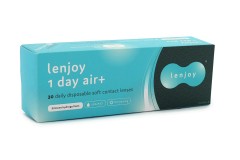
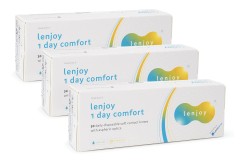
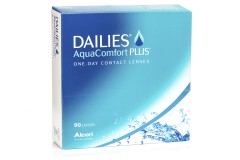

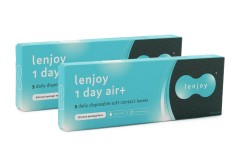
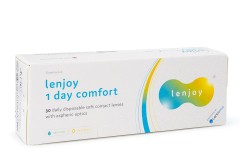
Comments